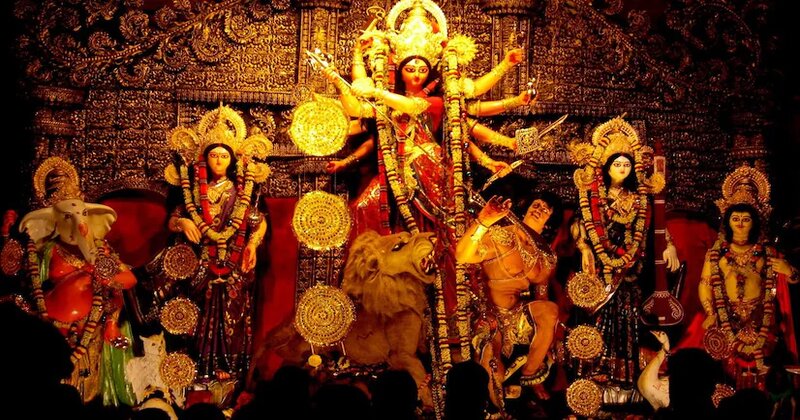
Shardiya Navratri, a vibrant Hindu festival dedicated to Goddess Durga, began on October 3 and will conclude on October 12. Celebrated during the Hindu month of Ashwin, the nine-day festival is marked by rituals, fasting, and cultural events across India. Devotees worship the goddess in various forms, and the festival culminates with Dussehra (Vijaya Dashami), symbolizing the triumph of good over evil.
On the second day of Navratri, devotees honor Goddess Brahmacharini, the second of Navdurga’s nine forms. Dressed in white, she embodies tranquility and devotion. Holding a kamandal (water jug) and japa mala (prayer beads), she represents the austerity and penance she performed to win Lord Shiva’s favor. Devotees believe that worshipping Brahmacharini brings peace, wisdom, and happiness.
On October 4, devotees wear green, symbolizing nature, growth, fertility, and peace. Green is also associated with renewal and calmness, inviting the goddess’s blessings for a peaceful and fresh start. Each day of Navratri corresponds to a specific form of Goddess Durga, with particular colors representing her virtues.
**Puja Vidhi for Mata Brahmacharini on Day 2:**
1. **Preparation**: Start by taking a bath and wearing clean clothes, preferably in the day’s color (green). Clean the puja area thoroughly.
2. **Worship**: The idol of Goddess Brahmacharini is bathed in milk and honey, followed by placing vermillion on her forehead. Offerings of milk, rice, curd, honey, sandalwood, and flowers are made to the goddess, along with hibiscus and white lotus flowers.
3. **Ending Rituals**: Once the puja concludes, devotees prepare Bhog (food offerings) for the goddess.

Post Your Comments